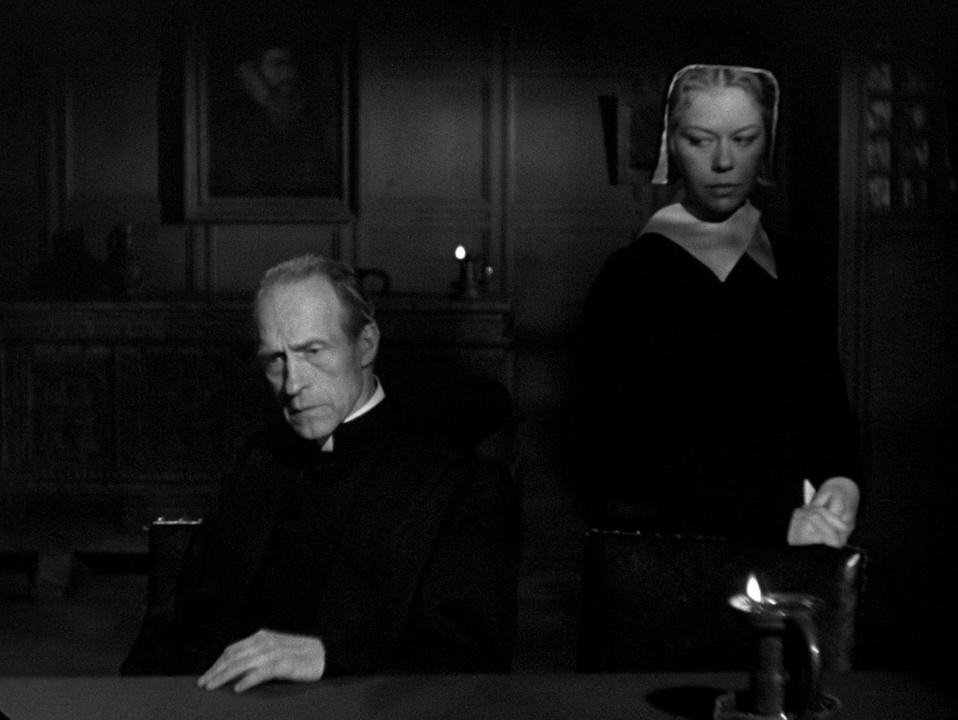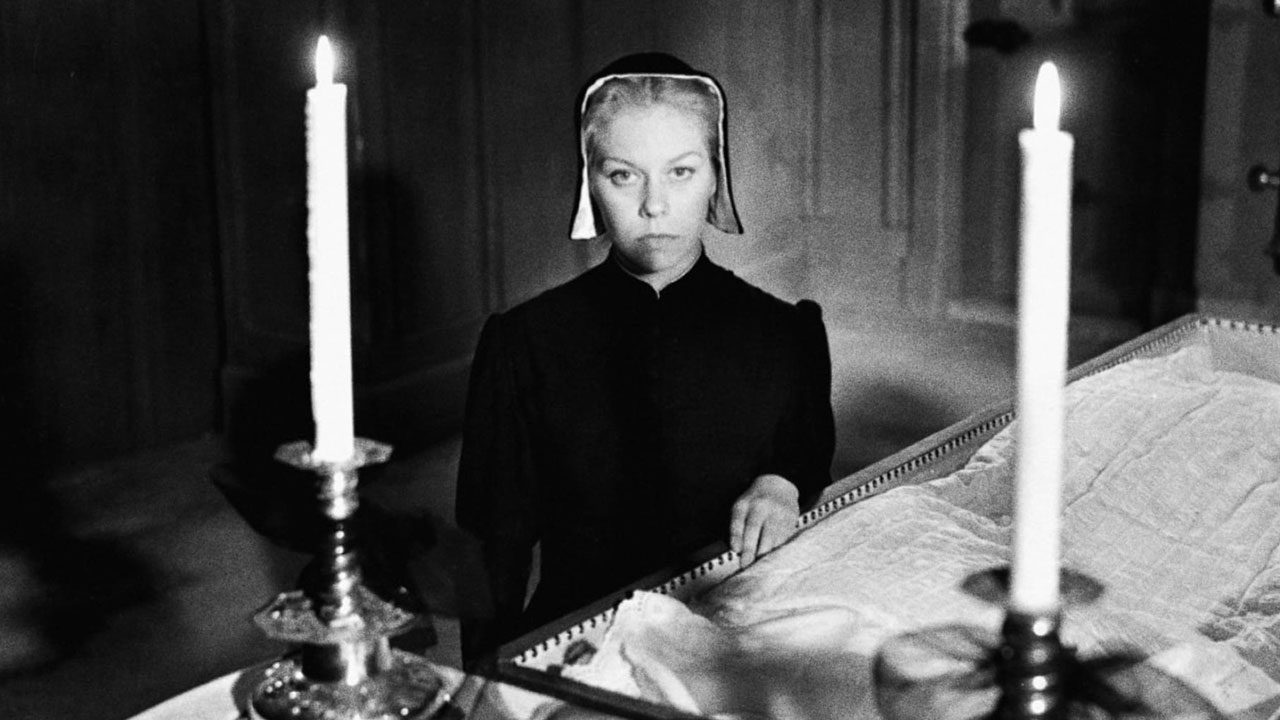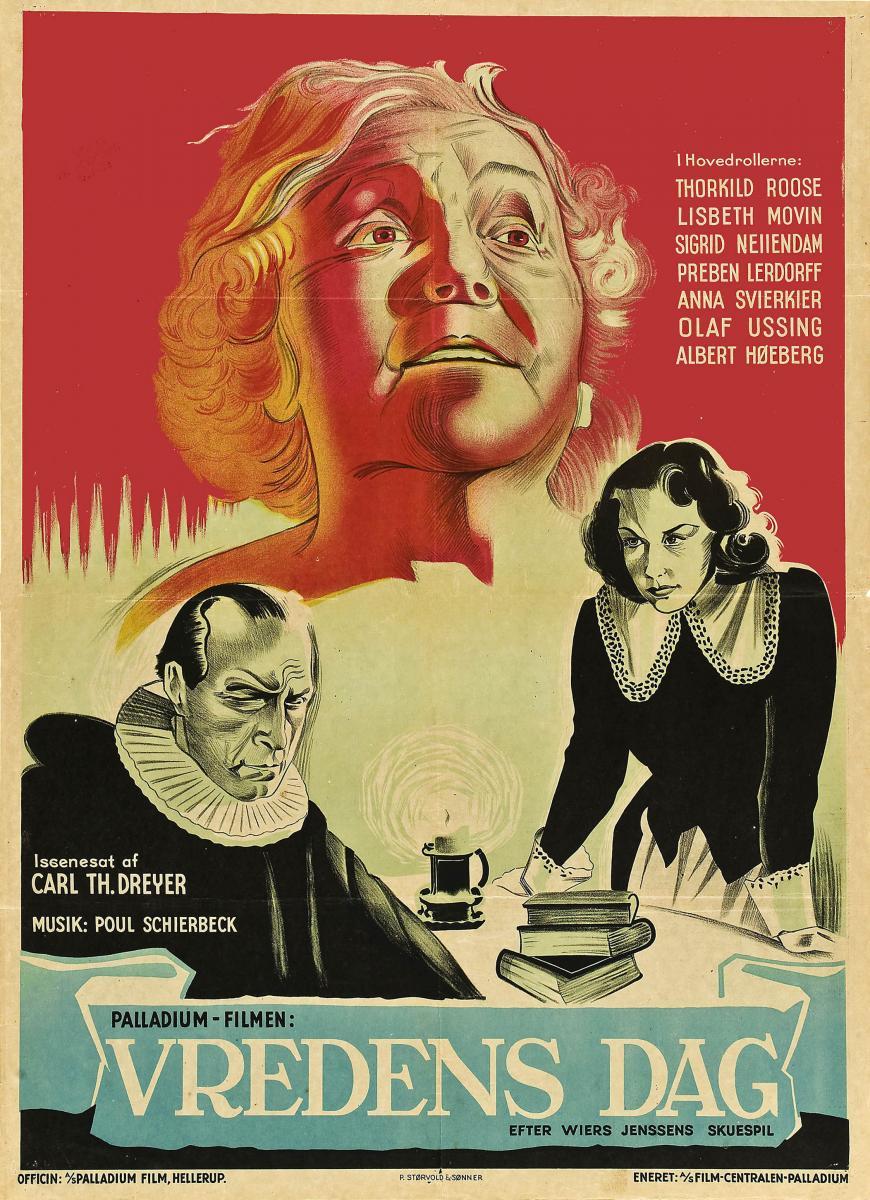
Buy BluRay Dies Irae BluRay
Once movies got synced sound, film composers started using the Dies Irae in the same way that classical composers had: to conjure images of death and despair. In the 1946 movie It's a Wonderful Life, George Bailey almost takes his own life, but an angel named Clarence gives him a terrifying glimpse of what the world would be like without him.

Sección visual de Dies irae FilmAffinity
"Dies irae" translates from Latin to "Day of Wrath" — it's a 13th-century Gregorian chant describing the day Catholics believe God will judge the living and the dead and send them to heaven or.

Dies Irae (TV Series 20172018) — The Movie Database (TMDB)
Dies Irae is a medieval Latin poem about the Last Judgment, set to music for Catholic requiems or funeral masses.

Dies Irae Serie 2017 2018 Moviepilot.de
Musicologist Alex Ludwig joins Here & Now's Peter O'Dowd to discuss the "Dies irae," the medieval funeral chant that has become popular in film scores. This segment aired on October 30, 2020.

Dies irae ~Interview with Kaziklu Bey~ Opening Movie YouTube
A list of 84 films compiled on Letterboxd, including Metropolis (1927), It's a Wonderful Life (1946), The Seventh Seal (1957), Sleeping Beauty (1959) and Psycho (1960).

Dies Irae, un film che ha dato un'identità al cinema MYmovies.it
From the very beginning of cinema, when silent films were accompanied by live orchestras, the Dies Irae was used to create the dark intensity a filmmaker was going for. And here we are today, still using it. What is it about four simple notes that evokes a sense of dread in us?

Dies Irae「AMV」 Leave it All Behind YouTube
This melody, which we listen to a lot in movies, is one of the oldest melodies in the world dating back to the 6th century. According to Pope Gregorius the G.

Dies Irae original release german movie poster
Dies Irae in movies: Tom Allen and the CBC trace the history of the Latin hymn (VIDEO). Interested in the Olden Days Follow Us Brow Beat The Fascinating History of a Latin Death Hymn You've Heard.

Dies Irae (TV Series 20172018) — The Movie Database (TMDB)
Vox and Ludwig show the "dies irae" phenomenon in film to be a slow cultural evolution from the ornate, sacred pomp of medieval Catholic rites to the ornate, secular pomp of Hollywood film production, by way of classical composers who seized on the theme's "sense of dread" but remained at least ambivalent about happy endings.

Watch Dies Irae(2017) Online Free, Dies Irae All Seasons Ideaflicks
It is a medieval Latin poem characterized by its accentual stress and rhymed lines. The metre is trochaic. The poem describes the Last Judgment, the trumpet summoning souls before the throne of God, where the saved will be delivered and the unsaved cast into eternal flames.

Dies Irae (2005) IMDb
My favourite use of the chant in a movie is in the opening credits of Stanley Kubrick's The Shining (1980)—the long aerial shot of the car driving towards Overlook Hotel with 'Dies Irae.

Dies irae (1943) FilmAffinity
Berklee College of Music professor Dr. Alex Ludwig keeps a running list of more than 200 uses of the "Dies Irae" in movies and television. He talked with WBUR in Boston about how the structure of.

Dies Irae Complete Series BluRay Review Impulse Gamer
This deathly 13th-century song shows up everywhere.Become a Video Lab member! http://bit.ly/video-labCorrection: Mozart's Requiem isn't a symphony, it's a re.

Dies Irae (2017)
Not a comprehensive list for sure.only what happened to be in my collection at the time.

Dies Irae [Best Review]
The medieval 'Dies irae' melody is hidden within Hans Zimmer's score to The Lion King. Picture: Classic FM. It's one of the most recognisable themes from the movie, and the haunting echo of this Gregorian melody lies concealed within. Zimmer disguises the 'Dies irae' by prefacing it with two notes that lead up to the theme, and.

Dies irae ~Valentine Movie~ YouTube
The use of the "Dies irae" plainchant has a long history in film music and other assorted media. 1 Its liturgical text comprises vivid imagery of burning ash, illustrating the final day of judgement, and its modal music fits comfortably within a tonal context, highlighting the lowered third and seventh scale degrees. It is no surprise then that quoting the "Dies irae" chant remains a.